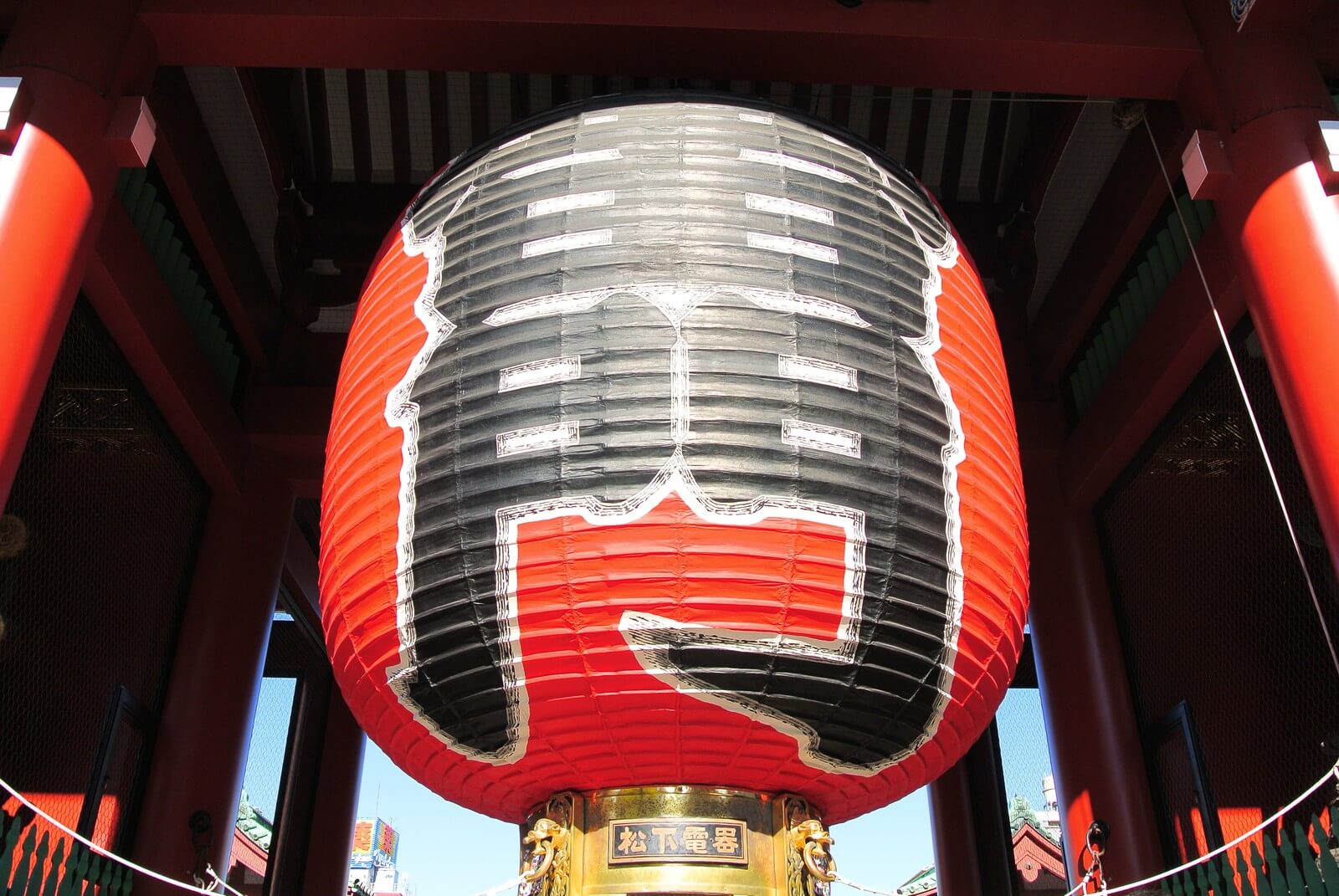Introduction
と, ば and ら are used in the sentence pattern below:
Sentence 2 + if or when + Sentence 1
↓
Sentence 1 + と, ば or ら + Sentence 2
The difference amongst と, ば and ら
と
If ‘Sentence 1’ happens, ‘Sentence 2’ also happens repeatedly or constantly without fail. This is the basic rule of と.
For example, と is used to describe what happens in nature, habit, how a machine operates etc.
ば
ば basically follows the rule of と, but it can be used when you describe what happens only once. (not repeatedly or constantly)
ら
ら is close to ば. It is used when you describe what happens once.
A sentence with ら is usually not changeable into a sentence with と.
Example
We are going to the sea if it is sunny tomorrow.
↓
Correct: あしたはれたら私たちは海に行きます。
Correct: あしたはれれば私たちは海に行きます。
Incorrect: あしたはれると私たちは海に行きます。
The difference amongst those three is not big. Japanese people would understand you even if you use と incorrectly when ら should be used.
Don’t worry about making mistakes too much. It is recommended that you use it, then you would get used to how to use them.
People would also correct your Japanese to help you to improve your Japanese.
Extension
と and ら can also be used as ‘then’ or ‘after that’.
Example
兄にでんわすると兄はワインを飲んでいました。
兄にでんわしたら兄はワインを飲んでいました。
My older brother was drinking wine when I rang him.
